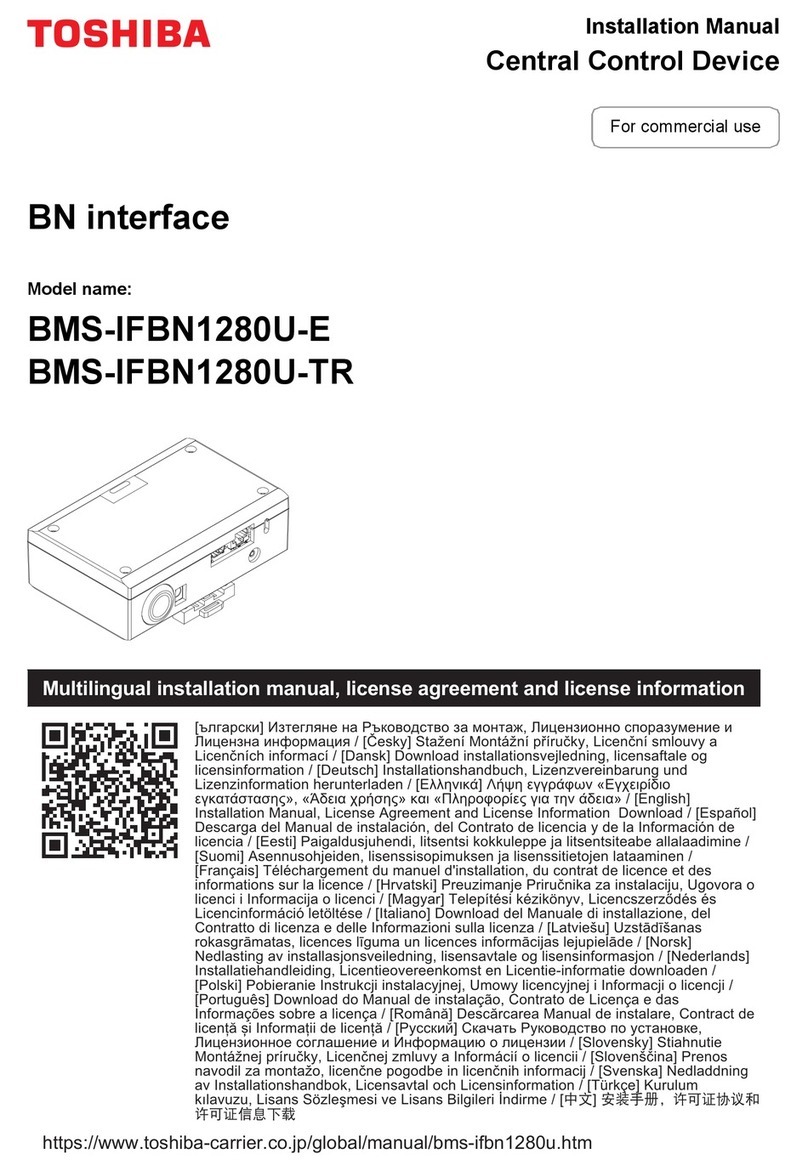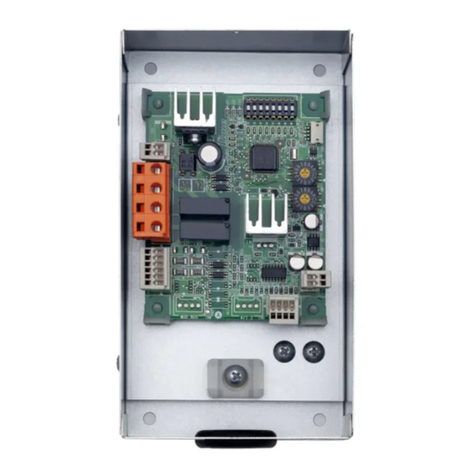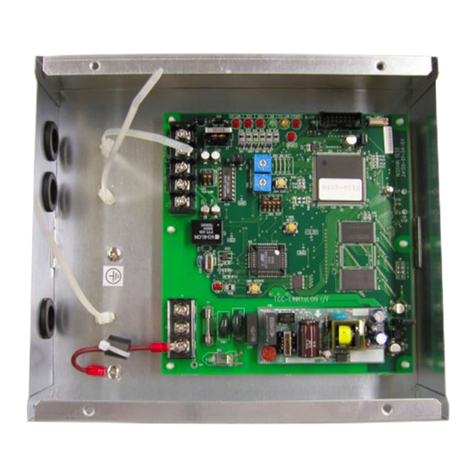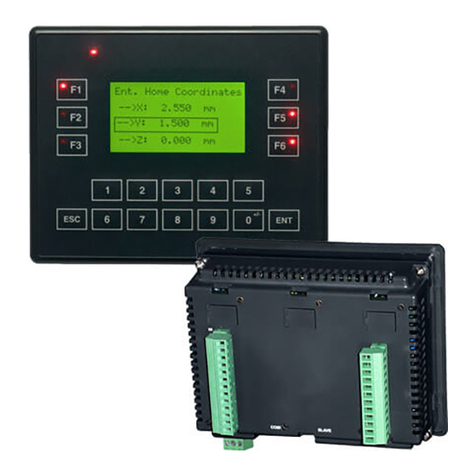Toshiba G1IF4 User manual
Other Toshiba Recording Equipment manuals

Toshiba
Toshiba Black Pear User manual

Toshiba
Toshiba RBM-Y0384FUL User manual
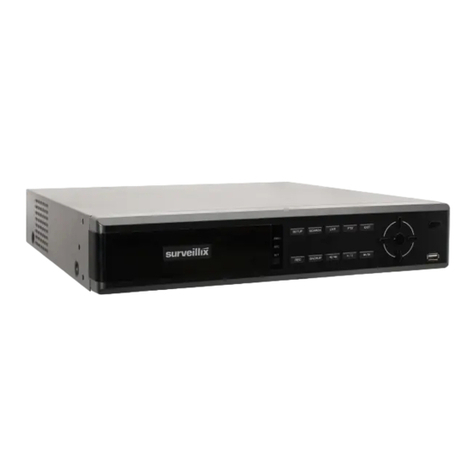
Toshiba
Toshiba Surveillix EAV Series User manual
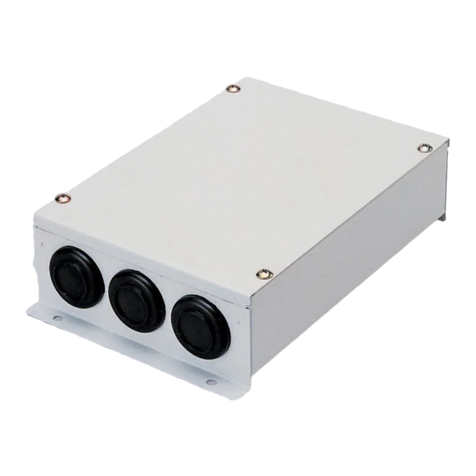
Toshiba
Toshiba BMS-IFMB1280U-E User manual
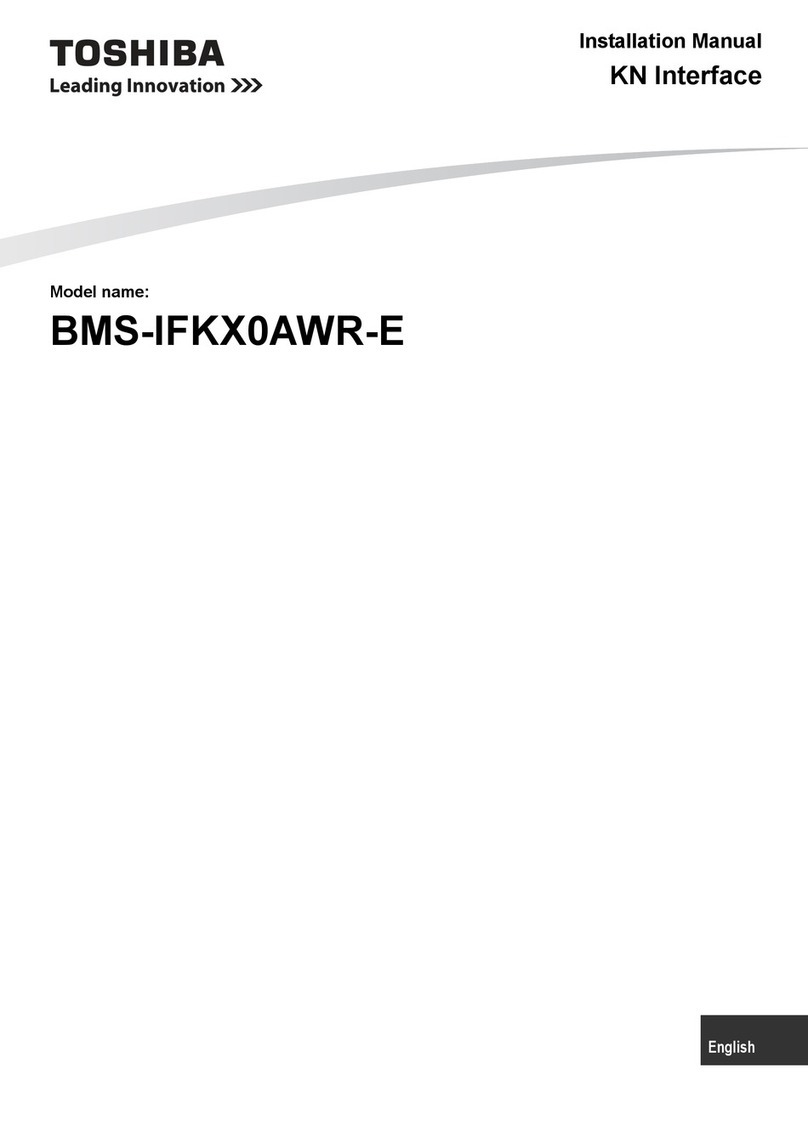
Toshiba
Toshiba BMS-IFKX0AWR-E User manual

Toshiba
Toshiba Strata DK Backup User manual

Toshiba
Toshiba RBM-Y1123FE User manual
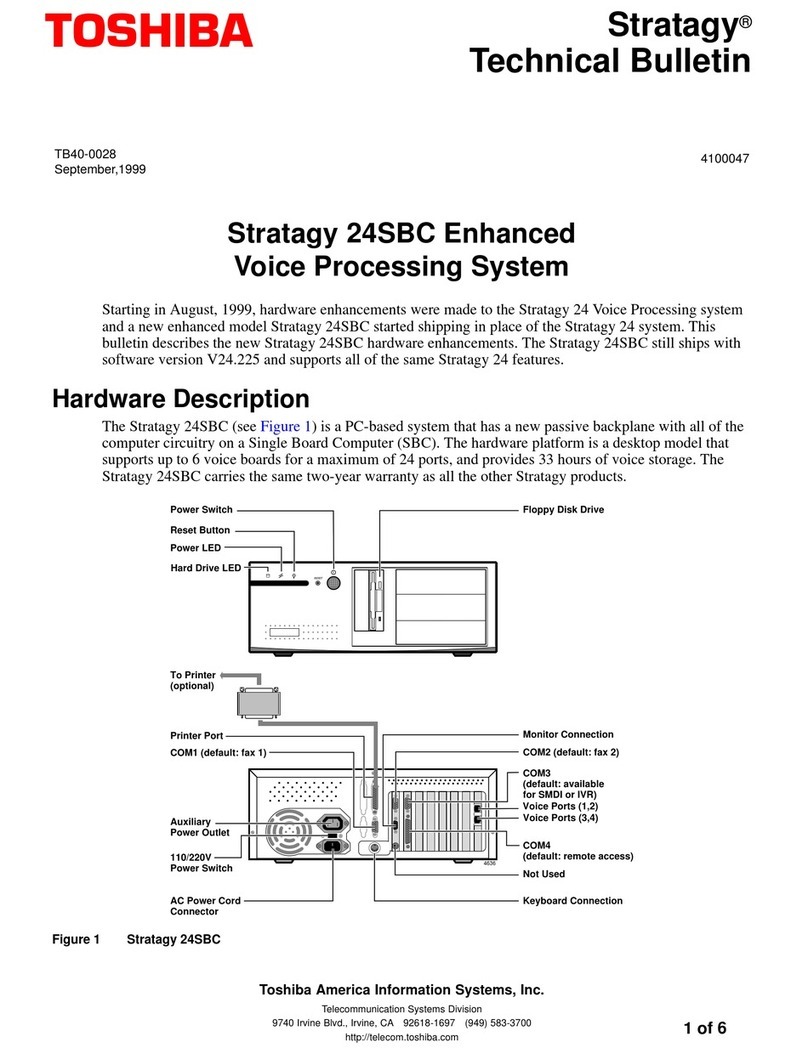
Toshiba
Toshiba Stratagy 24SBC Service manual
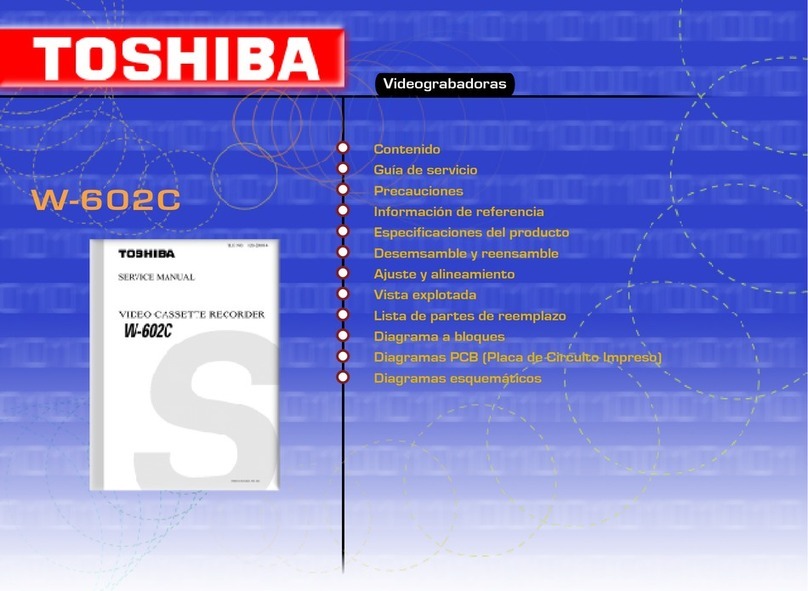
Toshiba
Toshiba W602C User manual
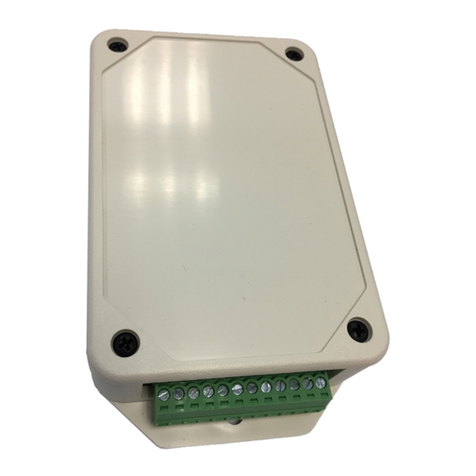
Toshiba
Toshiba TCB-IFTH1GUL User manual
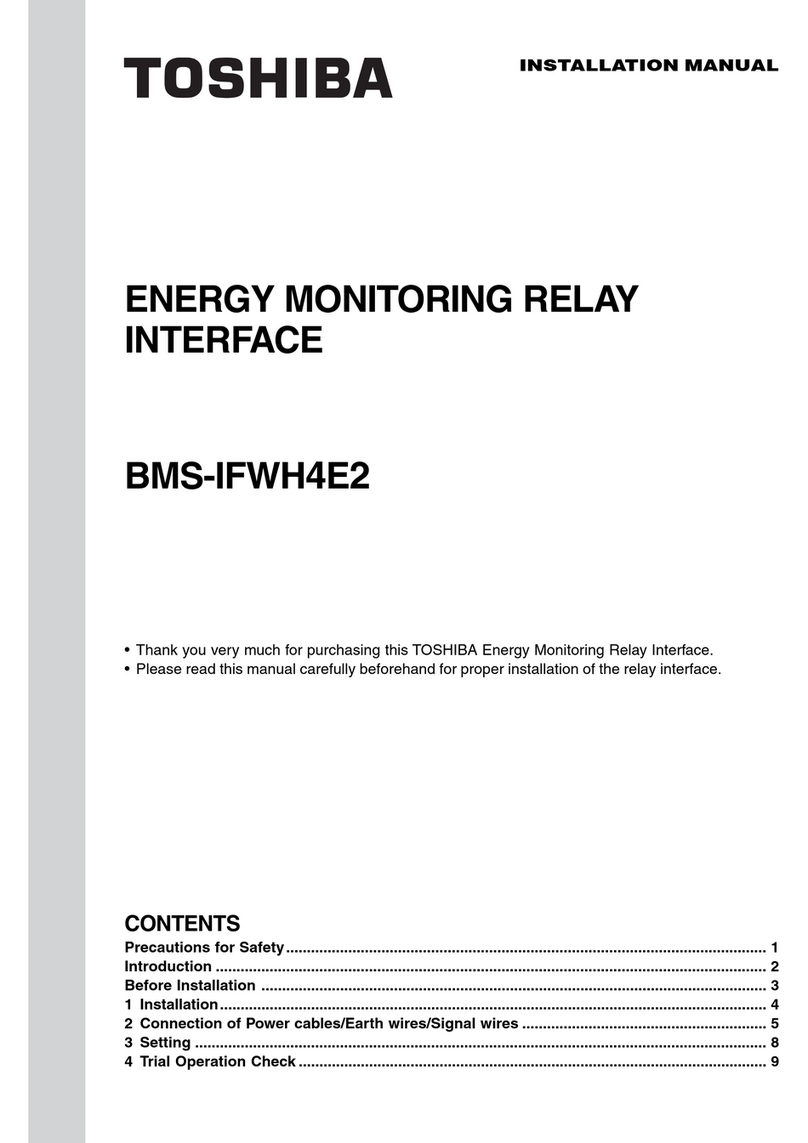
Toshiba
Toshiba BMS-IFWH4E2 User manual
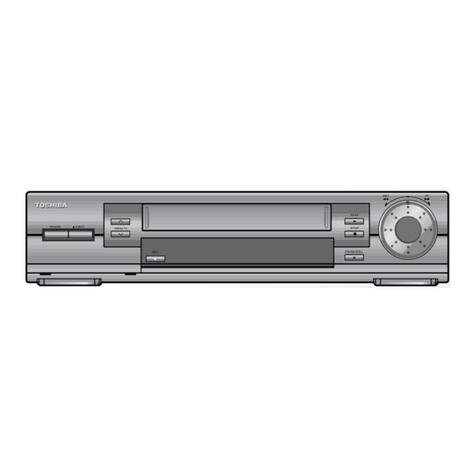
Toshiba
Toshiba W-705 User manual
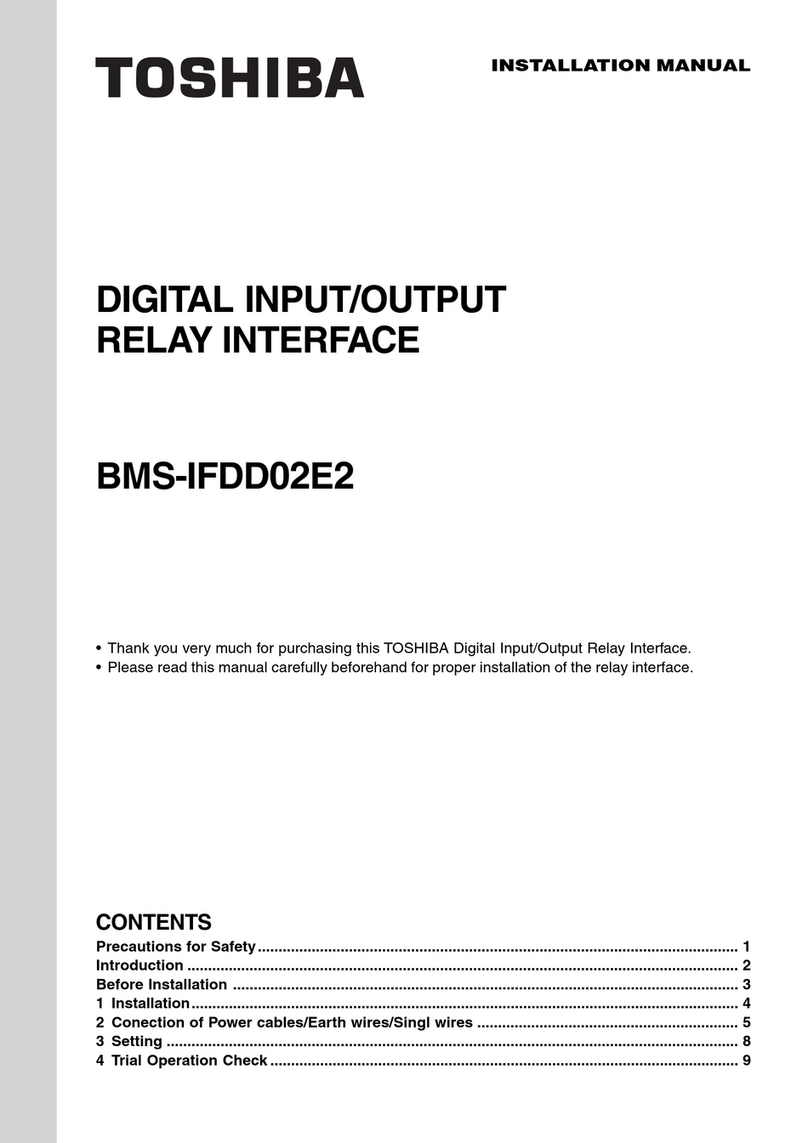
Toshiba
Toshiba BMS-IFDD02E2 User manual
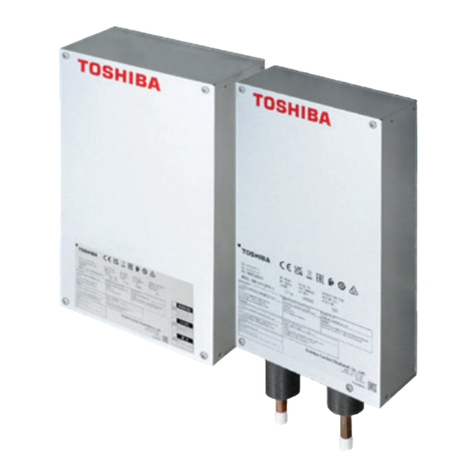
Toshiba
Toshiba TCB-IFDMX01UP-E User manual
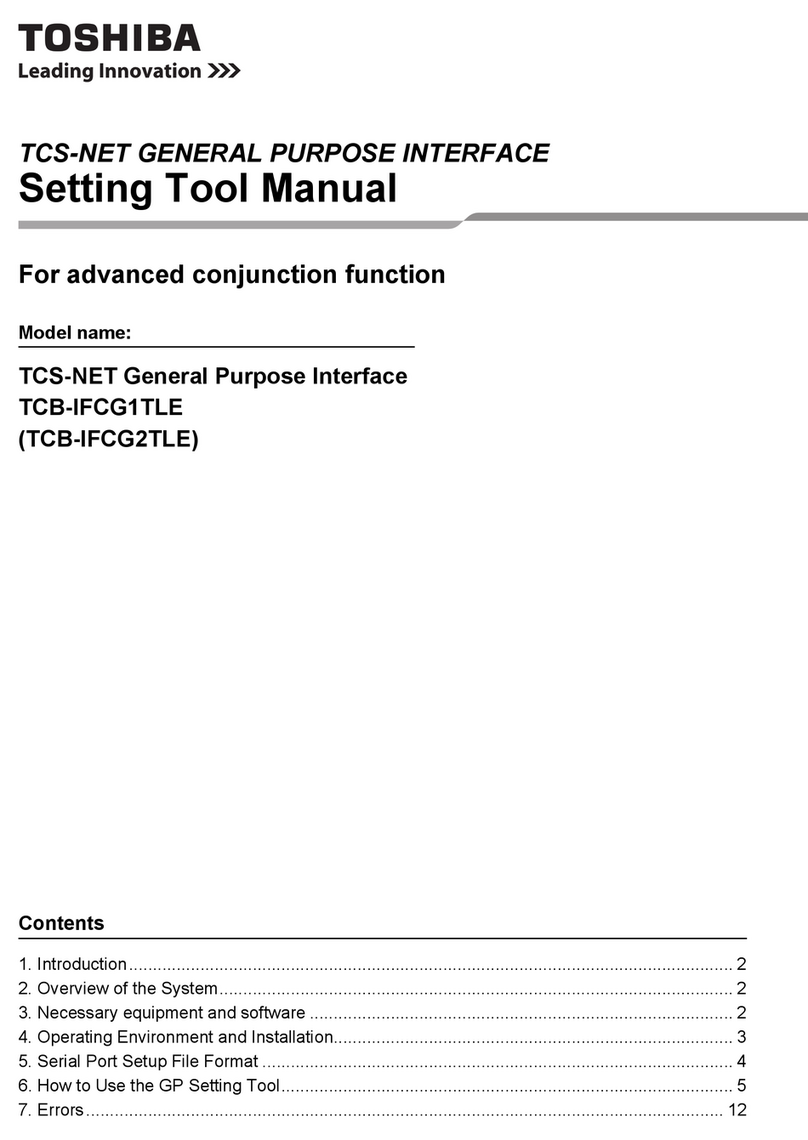
Toshiba
Toshiba TCS-NET User instructions
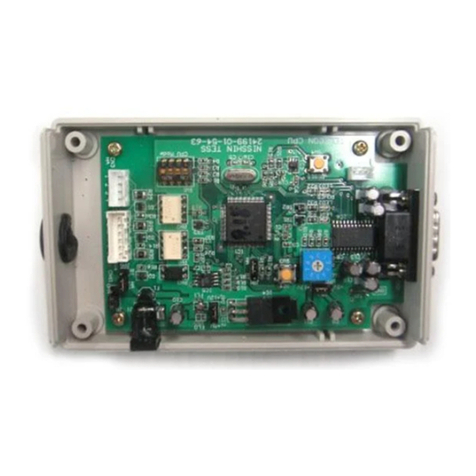
Toshiba
Toshiba TCB-IFGSM1E User manual
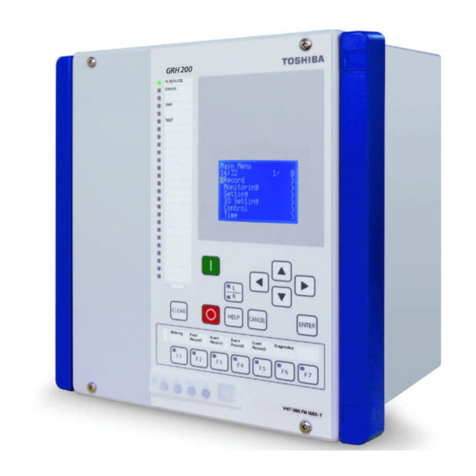
Toshiba
Toshiba GR 200 Series User manual

Toshiba
Toshiba TCB-IFGSM1E User manual
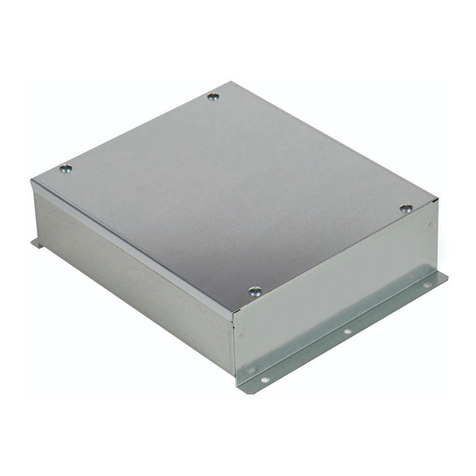
Toshiba
Toshiba LonWorks TCB-IFLN642TLUL User manual
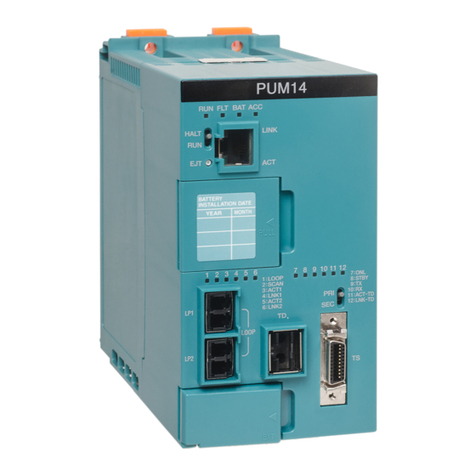
Toshiba
Toshiba NV Series User manual
